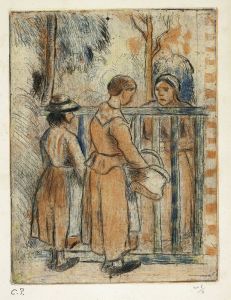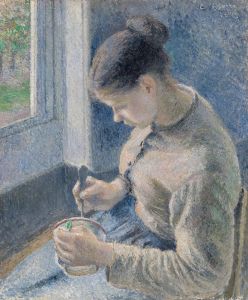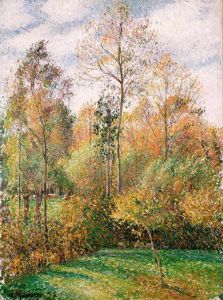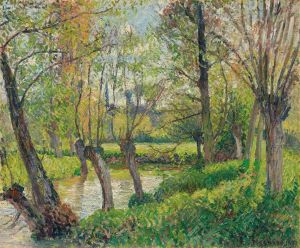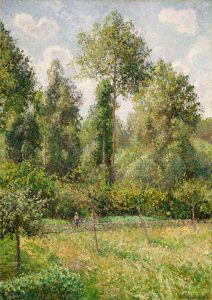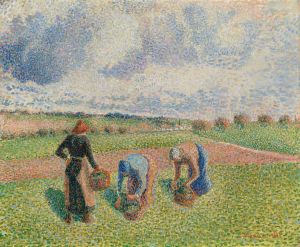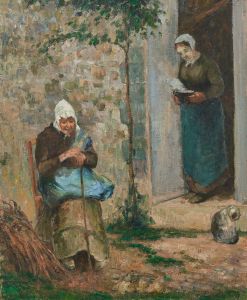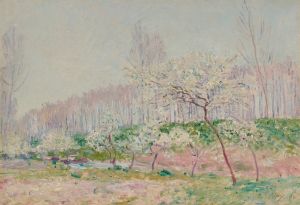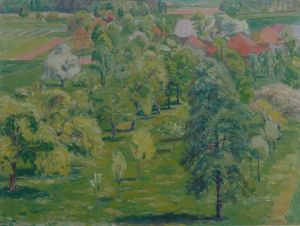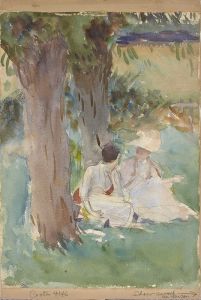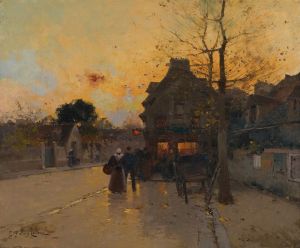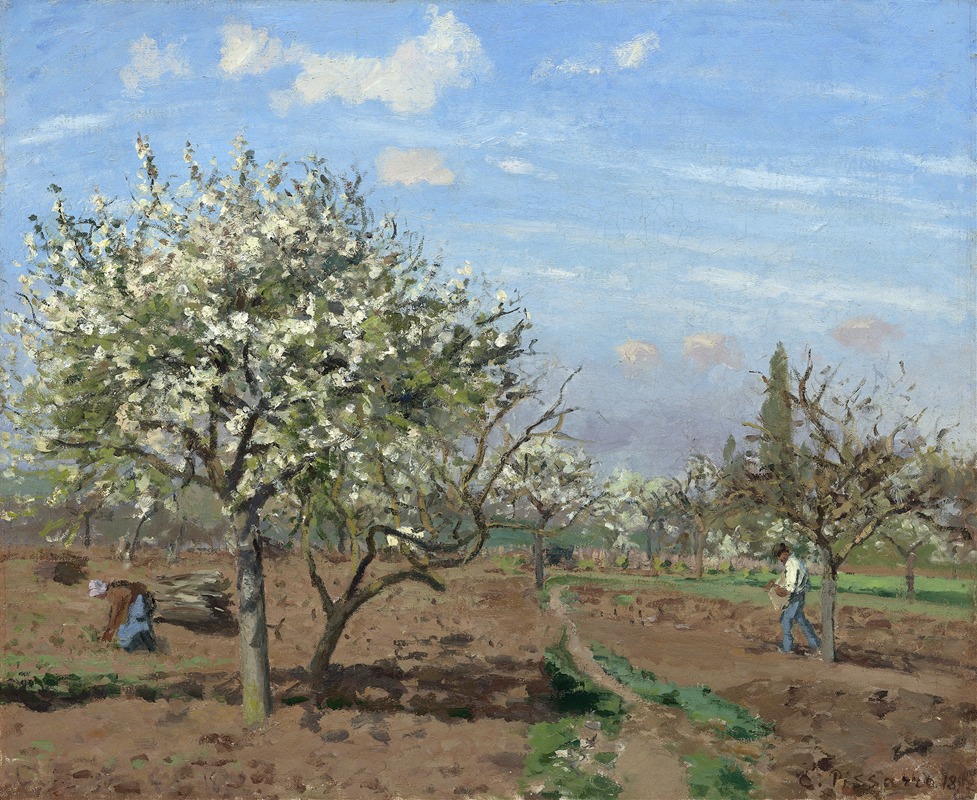
Orchard in Bloom,Louveciennes
A hand-painted replica of Camille Pissarro’s masterpiece Orchard in Bloom,Louveciennes, meticulously crafted by professional artists to capture the true essence of the original. Each piece is created with museum-quality canvas and rare mineral pigments, carefully painted by experienced artists with delicate brushstrokes and rich, layered colors to perfectly recreate the texture of the original artwork. Unlike machine-printed reproductions, this hand-painted version brings the painting to life, infused with the artist’s emotions and skill in every stroke. Whether for personal collection or home decoration, it instantly elevates the artistic atmosphere of any space.
"Orchard in Bloom, Louveciennes" is a painting by the renowned French Impressionist artist Camille Pissarro. Created in 1872, this artwork is a quintessential example of Pissarro's dedication to capturing the natural beauty and rural life of the French countryside. Pissarro, often referred to as the "father of Impressionism," played a pivotal role in the development of the movement, and his works are celebrated for their innovative use of color, light, and perspective.
The painting depicts an orchard in full bloom in the village of Louveciennes, a location that Pissarro frequently painted during his career. Louveciennes is situated in the Île-de-France region, not far from Paris, and was a popular spot for many Impressionist artists due to its picturesque landscapes and proximity to the city. Pissarro moved to Louveciennes in 1869, and the village became a significant source of inspiration for him, providing numerous subjects for his paintings.
In "Orchard in Bloom, Louveciennes," Pissarro employs his characteristic Impressionist style, focusing on the effects of light and atmosphere. The painting captures a serene and idyllic scene, with blossoming trees that suggest the arrival of spring. Pissarro's brushwork is loose and fluid, a technique that allows him to convey the vibrancy and movement of the natural world. The use of light in the painting is particularly noteworthy; Pissarro skillfully captures the play of sunlight filtering through the branches, creating dappled patterns on the ground.
The color palette of the painting is soft and harmonious, dominated by pastel hues that evoke a sense of tranquility and renewal. Pissarro's choice of colors reflects his keen observation of nature and his ability to translate the subtleties of the landscape onto canvas. The composition is balanced and thoughtfully arranged, drawing the viewer's eye through the orchard and into the distance, where the horizon line meets the sky.
Pissarro's work during this period is marked by a focus on rural life and the changing seasons, themes that are evident in "Orchard in Bloom, Louveciennes." His paintings often depict scenes of agricultural labor, village life, and the natural environment, highlighting the interconnectedness of people and nature. This painting, like many of Pissarro's works, offers a glimpse into the peaceful and pastoral world that he cherished and sought to preserve through his art.
"Orchard in Bloom, Louveciennes" is part of Pissarro's broader body of work that contributed significantly to the Impressionist movement. His innovative techniques and commitment to capturing the essence of the natural world influenced many of his contemporaries and successors. Today, Pissarro's paintings are held in high esteem and are featured in major art collections and museums around the world.
In summary, "Orchard in Bloom, Louveciennes" exemplifies Camille Pissarro's mastery of the Impressionist style and his deep appreciation for the beauty of the French countryside. Through his use of light, color, and composition, Pissarro creates a timeless depiction of nature's splendor, inviting viewers to experience the tranquility and renewal of springtime in Louveciennes.






